
Frederick Hackett was a New Zealand politician of the Labour Party. He was a minister in both the First and Second Labour Governments of New Zealand and later the deputy leader of the opposition.
The Rewanui Branch, sometimes referred to as the Rewanui Incline and known as the Point Elizabeth Branch in its early years, was a branch line railway located in the West Coast region of New Zealand's South Island. It branched from the Midland Line near its western terminus in Greymouth and ran up to Rewanui in the Paparoa Ranges. The branch closed in 1985 but the first six kilometres to Runanga remain in operation as part of the Rapahoe Branch.

Peter James O'Brien was a New Zealand politician of the Labour Party.

Eric Sidney Fostyn Holland was a New Zealand politician who served as an elected member of the House of Representatives from 1967 to 1981 for the National Party and as a Cabinet Minister in the second and third National governments.

Hubert Thomas "Tim" Armstrong was a New Zealand politician in the Labour Party.

William Edward Parry was a New Zealand politician and trade unionist.

James McGowan was a New Zealand politician of the Liberal Party.
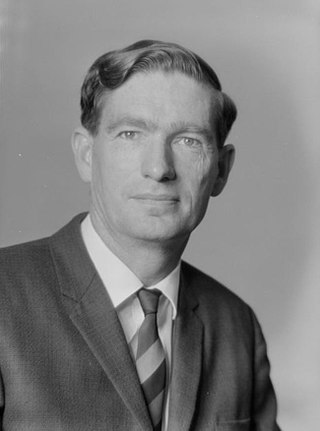
Fraser MacDonald Colman was a New Zealand politician of the Labour Party. He represented the electorates of Petone from 1967 to 1978, and then when Petone was renamed, Pencarrow from 1978 to 1987, when he retired. He was the cabinet minister chosen to represent New Zealand in 1973 on its warships during their protest against the nuclear weapons testing carried out by France.

Sydney George Smith was a New Zealand politician of the Liberal Party and then the National Party, and a cabinet minister.

Arthur Ellis Kinsella was a New Zealand politician of the National Party, and was a cabinet minister.
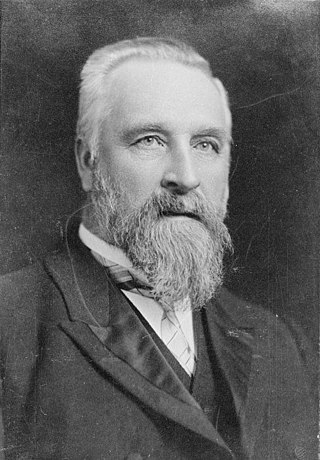
Roderick McKenzie was a New Zealand Member of Parliament for Buller and Motueka, in the South Island. He was a member of the Liberal Party.

James Colvin was a New Zealand Member of Parliament for Buller, in the South Island.
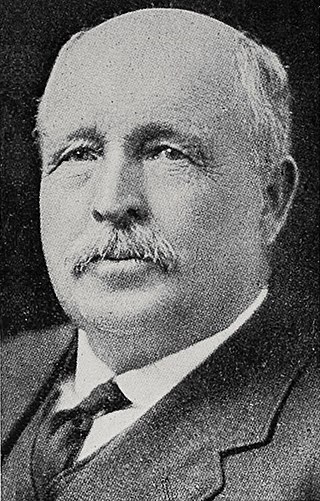
John Edie was a Liberal Party Member of Parliament in the Otago region of New Zealand. He was a surveyor and an engineer, and also spent time as a farmer. He was Mayor of Lawrence.

Alfred James (Fred) Murdoch was a New Zealand politician, first as an Independent Liberal then of the United Party, and from 1943 the National Party. He was Minister of Agriculture and Minister of Mines from 1930 to 1931 in the United Government of New Zealand.
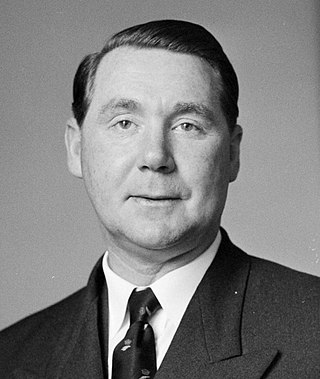
David Coutts Seath was a New Zealand politician of the National Party.
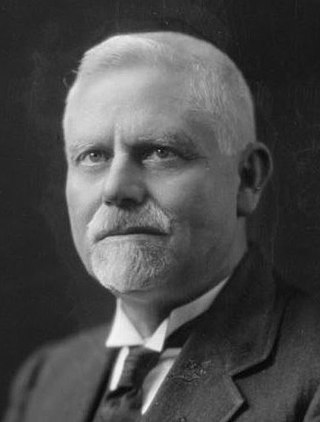
George James Anderson was a Reform Party Member of Parliament, and a minister in the Reform Government from 1912 to 1928.
The Gold Fields District electorate was a 19th-century parliamentary electorate in the Otago region, New Zealand. It was created in 1862, with the first elections in the following year, and it returned two members. It was one of eventually three special interest constituencies created to meet the needs of gold miners. All three of these electorates were abolished in 1870. A unique feature of the Gold Fields District was that it was superimposed over other electorates, and voting was open to those who had held a mining license for some time. As such, suffrage was more relaxed than elsewhere in New Zealand, as voting was otherwise tied to property ownership. Another feature unique to the gold mining electorates was that no electoral rolls were prepared, but voting could be done upon showing a complying miner's license.

George Frederick Richardson, sometimes published as George Francis Richardson, was a 19th-century Member of Parliament in Southland, New Zealand and a cabinet minister.

The Minister of Immigration is a minister in the New Zealand Government. The portfolio was established in 1872 as the Secretary for Crown Lands and Immigration. The minister appointed was William Fitzherbert but when replaced later in the year by Maurice O'Rorke, the title was changed to Minister of Immigration.

In the New Zealand Parliament, the leader of the House is the government minister appointed by the prime minister to be responsible for the management of Government business in the House of Representatives. This includes determining the order in which the Government's legislative agenda will be addressed in the House. The leader of the House is also an ex officio member of the Parliamentary Service Commission.


















































